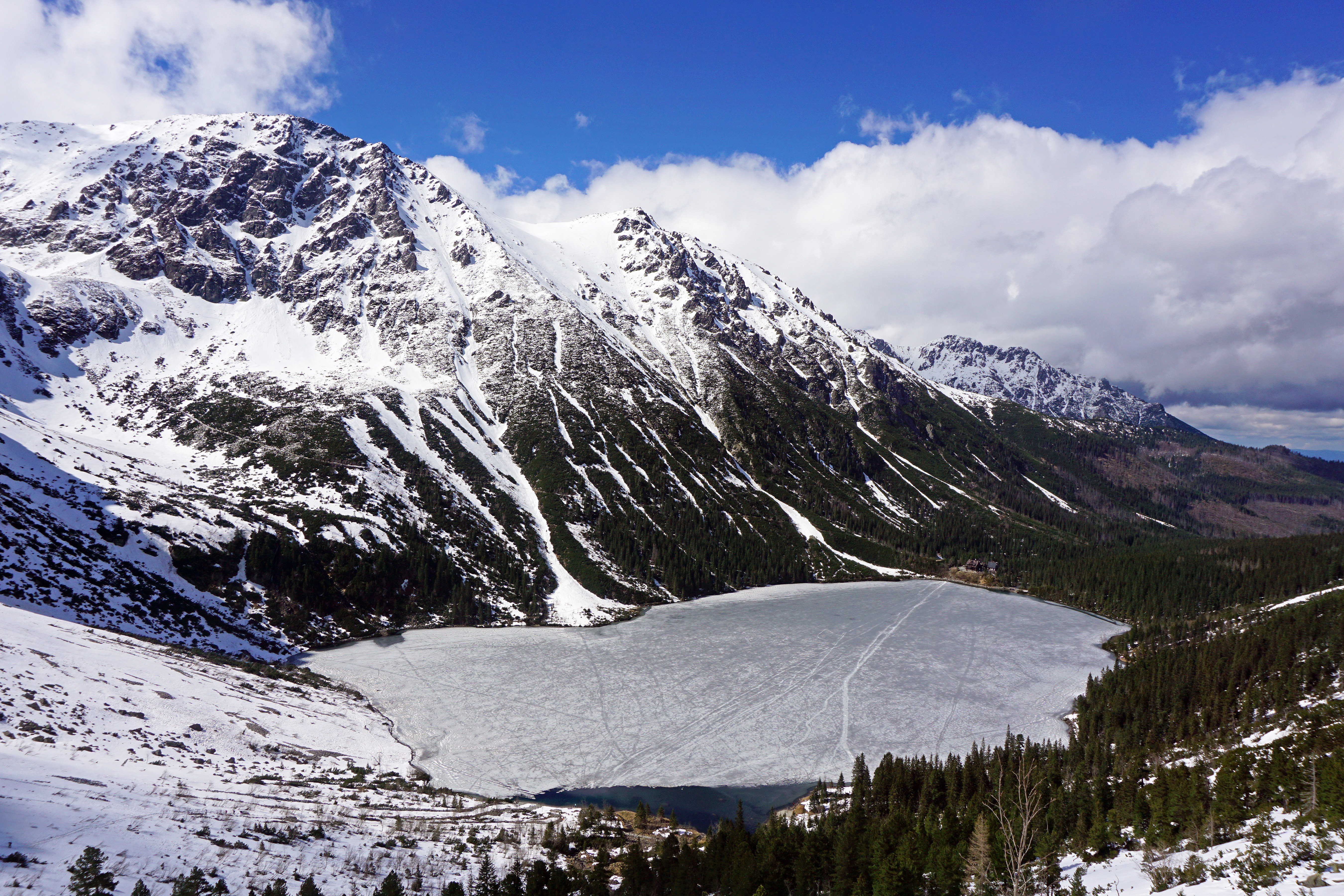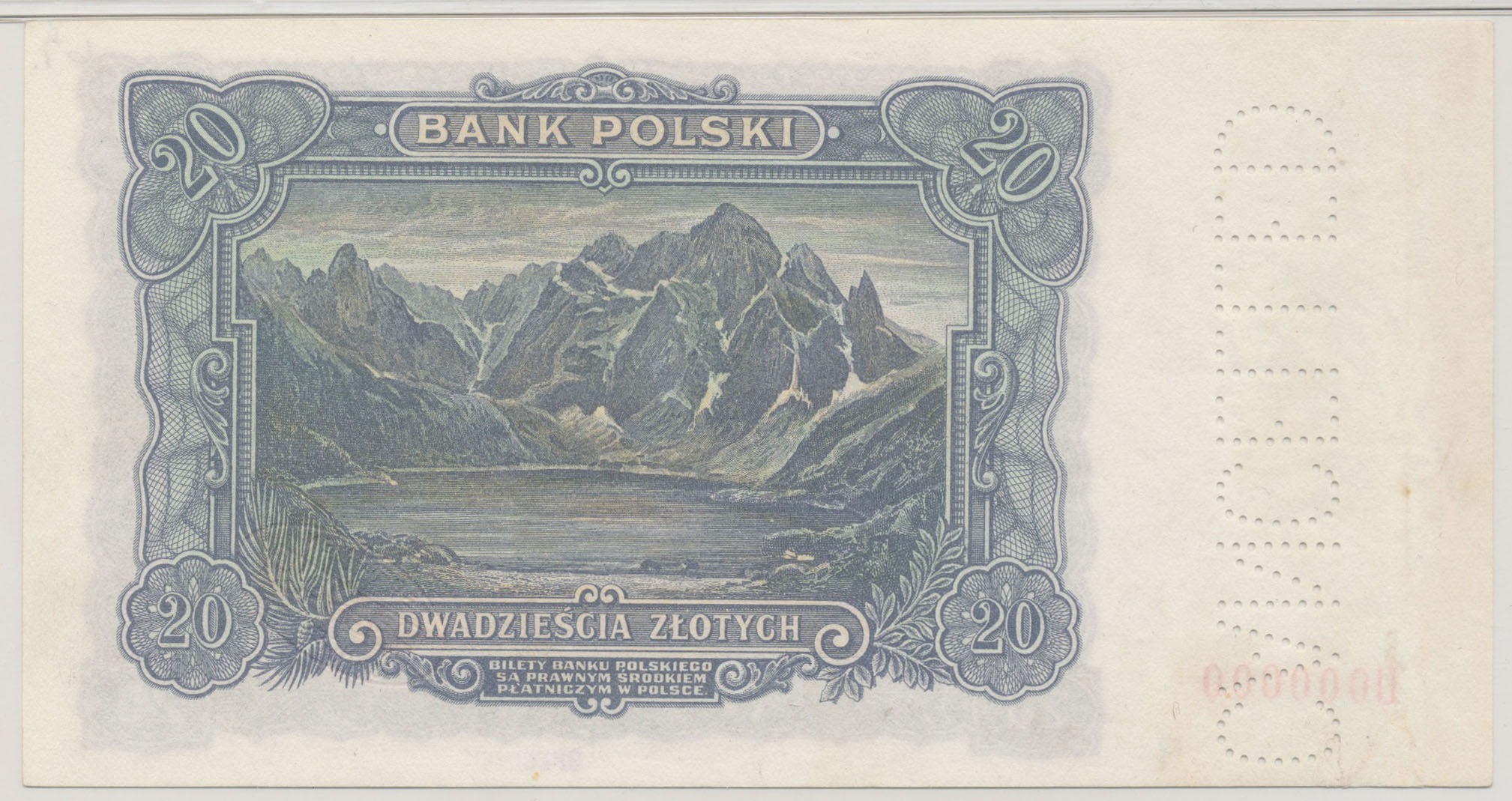|
Lehmannia Carpatica
''Lehmannia carpatica'' is a species of air-breathing land slug, a terrestrial pulmonate gastropod mollusc in the family Limacidae. Taxonomy When Grossu & Lupu (1963) first noted this species, in Romania, its long penis and lack of penial appendage led it to be confused with ''Ambigolimax waterstoni'', which at that time was incorrectly named as ''Limax nyctelius''; the later renamings as ''Lehmannia nyctelia'' or ''Ambigolimax nyctelius'' remained incorrect. Only in 2022 was the confusion recognised, requiring both ''A. waterstoni'' and ''L. carpatica'' to be formally described as distinct species. The same article described a third species, ''Ambigolimax parvipenis'' that had also been called ''Lehmannia nyctelia'' and confused with the other two; the article further pointed out that the original name ''Limax nyctelius'' referred to a species of ''Letourneuxia''. ''Lehmannia carpatica'' had also been misidentified as ''Mesolimax braunii'' in an article published in 1898. The ... [...More Info...] [...Related Items...] OR: [Wikipedia] [Google] [Baidu] |
Species
In biology, a species is the basic unit of classification and a taxonomic rank of an organism, as well as a unit of biodiversity. A species is often defined as the largest group of organisms in which any two individuals of the appropriate sexes or mating types can produce fertile offspring, typically by sexual reproduction. Other ways of defining species include their karyotype, DNA sequence, morphology, behaviour or ecological niche. In addition, paleontologists use the concept of the chronospecies since fossil reproduction cannot be examined. The most recent rigorous estimate for the total number of species of eukaryotes is between 8 and 8.7 million. However, only about 14% of these had been described by 2011. All species (except viruses) are given a two-part name, a "binomial". The first part of a binomial is the genus to which the species belongs. The second part is called the specific name or the specific epithet (in botanical nomenclature, also sometimes i ... [...More Info...] [...Related Items...] OR: [Wikipedia] [Google] [Baidu] |
Carpathian Mountains
The Carpathian Mountains or Carpathians () are a range of mountains forming an arc across Central Europe. Roughly long, it is the third-longest European mountain range after the Urals at and the Scandinavian Mountains at . The range stretches from the far eastern Czech Republic (3%) and Austria (1%) in the northwest through Slovakia (21%), Poland (10%), Ukraine (10%), Romania (50%) to Serbia (5%) in the south. "The Carpathians" European Travel Commission, in The Official Travel Portal of Europe, Retrieved 15 November 2016 The Carpathian ... [...More Info...] [...Related Items...] OR: [Wikipedia] [Google] [Baidu] |
Lehmannia Marginata
''Lehmannia marginata'' is a species of air-breathing land slug, a terrestrial pulmonate gastropod mollusk in the family Limacidae. Sometimes classified in the genus '' Limax'', the species is distinct in its ecology, and its nearly transparent body. It is a medium-sized species, rarely exceeding 12 cm in body length. The body is fairly long and narrow, with a marked keel. The keel looks lighter than the remaining body against the darker innards. Distribution This species is known to occur in a number of countries and islands including: * Czech Republic * Netherlands * Slovakia * Poland * UkraineBalashov I. & Gural-Sverlova N. 2012. An annotated checklist of the terrestrial molluscs of Ukraine. ''Journal of Conchology''. 41 (1): 91-109. * Great Britain * Ireland * Norway * Spain Description This is a species of keeled slug. File:Lehmannia marginata reproductive system.jpg, Drawing of reproductive system of ''Lehmannia marginata'' Ecology This slug species ... [...More Info...] [...Related Items...] OR: [Wikipedia] [Google] [Baidu] |
Lehmannia
''Lehmannia'' is a genus of air-breathing land slugs in the family Limacidae, the keelback slugs. The genus is distributed in Europe and North Africa.Genus summary for ''Lehmannia'' AnimalBase, last modified 24 July 2007, accessed 8 April 2012. Description These are narrow-bodied slugs up to 8 centimeters long. The mantle covers less than a third of the body length. They are cream-colored to brown or black, usually with at least two longitudinal stripes along the mantle. The sole of the foot is lightest in the middle. The is short compared to those of '' |
Pneumostome
The pneumostome or breathing pore is a respiratory opening of the external body anatomy of an air-breathing land slug or land snail. It is a part of the respiratory system of gastropods. It is an opening in the right side of the mantle of a stylommatophoran snail or slug. Air enters through the pneumostome into the animal's single lung, the air-filled mantle cavity. Inside the mantle cavity the animal has a highly vascularized area of tissue that functions as a lung. The pneumostome is often much easier to see in slugs than in snails, because of the absence of a shell which can often block the view of this area. In a land slug, when the pneumostome is wide open, it is usually very clearly visible on the right side of the animal. However, the position of the pneumostome is often not at all easy to discern when this orifice is completely closed. The pneumostome opens and closes in a cyclical manner. The frequency of pneumostome closing and opening is typically less than 0.5 cl ... [...More Info...] [...Related Items...] OR: [Wikipedia] [Google] [Baidu] |
Lehmannia Carpatica From Moravia
''Lehmannia'' is a genus of air-breathing land slugs in the family Limacidae, the keelback slugs. The genus is distributed in Europe and North Africa.Genus summary for ''Lehmannia'' AnimalBase, last modified 24 July 2007, accessed 8 April 2012. Description These are narrow-bodied slugs up to 8 centimeters long. The covers less than a third of the body length. They are cream-colored to brown or black, usually with at least two longitudinal stripes along the mantle. The sole of the foot is lightest in the middle. The penis is short compared to those of '' < ...[...More Info...] [...Related Items...] OR: [Wikipedia] [Google] [Baidu] |
High Tatras
The High Tatras or High Tatra Mountains ( Slovak: Vysoké Tatry; pl, Tatry Wysokie; rue, Высокі Татри,'' Vysoki Tatry''; hu, Magas-Tátra; german: Hohe Tatra; french: Hautes Tatras), are a mountain range along the border of northern Slovakia in the Prešov Region, and southern Poland in the Lesser Poland Voivodeship. They are a range of the Tatra Mountains chain. Description The mountain range borders the Belianske Tatras to the east, the Podtatranská kotlina to the south, and the Western Tatras to the west. Most of the range, and all the highest peaks, are in Slovakia. The highest peak is Gerlachovský štít, at . Biogeography The High Tatras, having 29 peaks over AMSL are, with the Southern Carpathians, the only mountain ranges with an alpine character and habitats in the entire length of the Carpathian Mountains system. The first European cross-border national park, Tatra National Park, was founded here with Tatra National Park (''Tatranský národný pa ... [...More Info...] [...Related Items...] OR: [Wikipedia] [Google] [Baidu] |
Morskie Oko
Morskie Oko, or Eye of the Sea in English, is the largest and fourth-deepest lake in the Tatra Mountains, in southern Poland. It is located deep within the Tatra National Park in the Rybi Potok (the Fish Brook) Valley, of the High Tatras mountain range at the base of the Mięguszowiecki Summits, in Lesser Poland Voivodeship. In 2014, ''The Wall Street Journal'' recognized the lake as one of the five most beautiful lakes in the world. Lake description The peaks that surround the lake rise about 1,000 meters above its surface; one of them is Rysy (2,499 meters), the highest peak in the Polish Tatras. Besides Mięguszowiecki Summits (including Mięguszowiecki Szczyt Wielki, 2,438 meters), farther away and slightly to the left, is the distinctive, slender Mnich (“Monk,” 2,068 meters). Many Swiss Pines also grow around the lake. In the past, Morskie Oko was called "Rybie Jezioro" ("Fish Lake") due to its natural stock of fish, which are uncommon in Tatra lakes and ponds. In t ... [...More Info...] [...Related Items...] OR: [Wikipedia] [Google] [Baidu] |
Type Locality (biology)
In biology, a type is a particular specimen (or in some cases a group of specimens) of an organism to which the scientific name of that organism is formally attached. In other words, a type is an example that serves to anchor or centralizes the defining features of that particular taxon. In older usage (pre-1900 in botany), a type was a taxon rather than a specimen. A taxon is a scientifically named grouping of organisms with other like organisms, a set that includes some organisms and excludes others, based on a detailed published description (for example a species description) and on the provision of type material, which is usually available to scientists for examination in a major museum research collection, or similar institution. Type specimen According to a precise set of rules laid down in the International Code of Zoological Nomenclature (ICZN) and the International Code of Nomenclature for algae, fungi, and plants (ICN), the scientific name of every taxon is almost a ... [...More Info...] [...Related Items...] OR: [Wikipedia] [Google] [Baidu] |
Mesolimax
''Mesolimax'' is a genus of gastropods belonging to the family Agriolimacidae. The species of this genus are found in Aegean Sea. Species: *''Mesolimax brauni ''Mesolimax'' is a genus of gastropods belonging to the family Agriolimacidae. The species of this genus are found in Aegean Sea The Aegean Sea ; tr, Ege Denizi (Greek language, Greek: Αιγαίο Πέλαγος: "Egéo Pélagos", Turkis ...'' *'' Mesolimax escherichi'' References {{Taxonbar, from=Q1922465 Agriolimacidae ... [...More Info...] [...Related Items...] OR: [Wikipedia] [Google] [Baidu] |
Slug
Slug, or land slug, is a common name for any apparently shell-less terrestrial gastropod mollusc. The word ''slug'' is also often used as part of the common name of any gastropod mollusc that has no shell, a very reduced shell, or only a small internal shell, particularly sea slugs and semislugs (this is in contrast to the common name ''snail'', which applies to gastropods that have a coiled shell large enough that they can fully retract their soft parts into it). Various taxonomic families of land slugs form part of several quite different evolutionary lineages, which also include snails. Thus, the various families of slugs are not closely related, despite a superficial similarity in the overall body form. The shell-less condition has arisen many times independently as an example of convergent evolution, and thus the category "slug" is polyphyletic. Taxonomy Of the six orders of Pulmonata, two – the Onchidiacea and Soleolifera – solely comprise slugs. A third family, ... [...More Info...] [...Related Items...] OR: [Wikipedia] [Google] [Baidu] |





.jpg)
